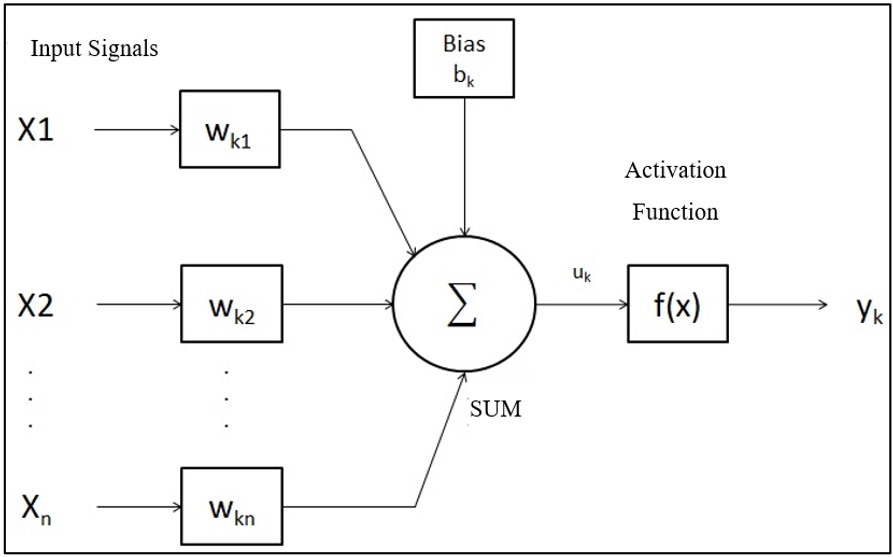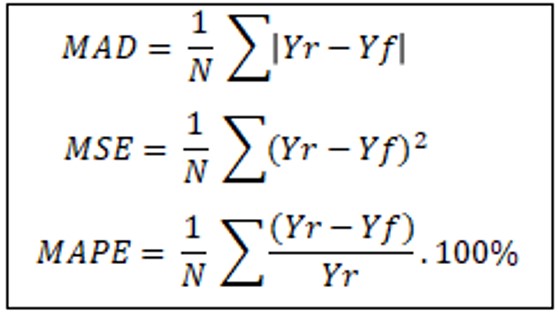Abstract
The aim of this study is to conduct climate forecasting with models of artificial neural networks as a tool in the decision-making process for the planting of some types of agricultural products. A database with the main climate elements was built from the National Institute of Meteorology (INMET), and those elements that influenced the average temperature value the most were found at a significance level of 0.05. Models of Artificial Neural Networks were developed and tested using Mean Absolute Deviation (MAD), Mean Squared Error (MSE), Root-Mean Squared Error (RMSE), and Mean Absolute Percentage Error (MAPE), before being linked to the best agricultural cultivation forecast value. Twelve neural networks were elaborated, eight of them are related to the temperature forecast and the other four are related to the precipitation forecast. The networks that showed the best performance are those that consider all the elements of climate. It is possible to conclude that the artificial neural networks showed an adequate performance in predicting chaotic time series, and that their results were therefore linked to the optimum cultivation to use for each forecast. A schedule is supplied at the end, indicating the ideal time to plant each of the crops evaluated. Carrot is found to be the best suited crop for the forecasted range over the next five years.
Keywords:
Artificial neural networks; Climate forecasting; Apple crops; Grape crops; Carrot crops; Tomato crops; Cultivation schedule

 Thumbnail
Thumbnail
 Thumbnail
Thumbnail
 Thumbnail
Thumbnail
 Thumbnail
Thumbnail
 Thumbnail
Thumbnail
 Thumbnail
Thumbnail





